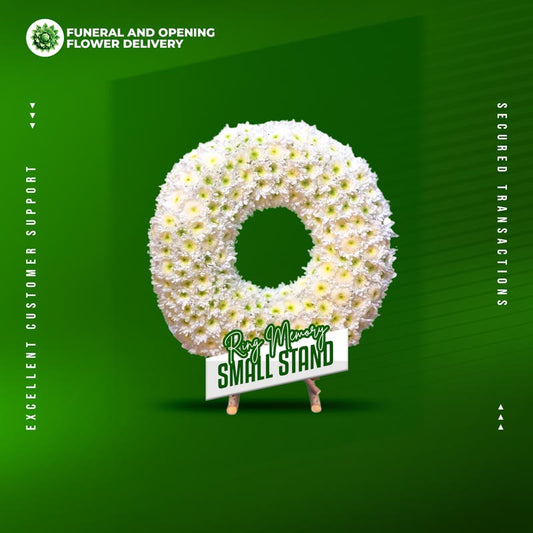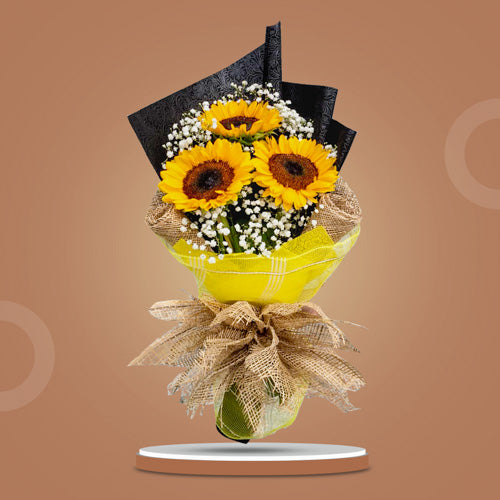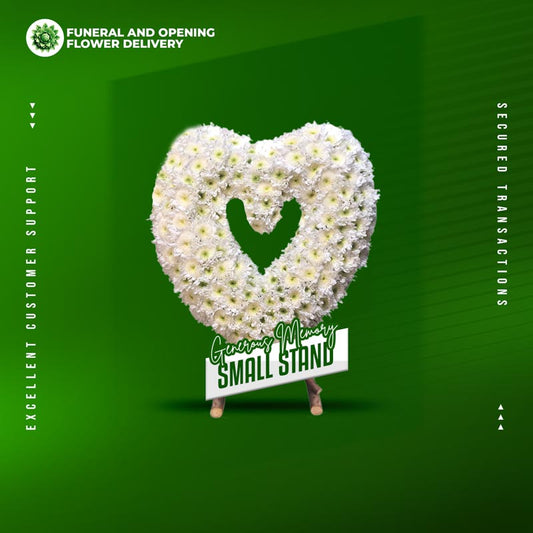The Allure of Orchids: Unraveling the History, Origin, Artistry, Culinary Delights, and Timeless Elegance of the Luxurious Flower
The Orchids is a flower that has long been revered for its beauty. Since the Victorian Age, it has been associated with luxury, refinement, opulence, and elegance. This reputation was solidified in 1862 with the publication of Charles Darwin's works on Orchid fertilization, which sparked an orchid craze among the wealthy. They were captivated by this flowering plant and couldn't get enough of it.
The symbolic nature of orchids continues to hold significance today. Even as the world entered the industrial age in the 19th century, advancements in glass manufacturing made it easier to transport orchids from tropical regions to urban areas. The construction of greenhouses became more accessible, and orchids found favor among florists, designers, and people worldwide. This seemingly simple flower carries a strong presence, making a statement wherever it is found.
With its elegance and tastefulness, the orchid adorns countless fine homes and spaces across the globe. It is honored in various fields such as design, art, jewelry, beauty, culinary arts, and more. The orchid remains a highly coveted part of our natural world, cherished for its timeless allure and celebrated for its contributions to different aspects of human culture.
History and Origins of Orchids
Orchids, belonging to the family Orchidaceae, are among the most diverse plants on Earth. Their history can be traced back to ancient civilizations such as China, Greece, and Rome, with records dating back to 500 BC. In the 18th century, orchid varieties were discovered by explorers and brought back to their home countries, contributing to the expansion of orchid cultivation.
The orchid family is incredibly vast, comprising approximately 28,000 species and over 300,000 varieties within 880 genera. These mesmerizing flowers have captivated plant enthusiasts for centuries due to their stunning beauty, unique shapes, and vibrant colors. Orchids have been a part of human fascination for millions of years, with their appearance dating back nearly 200 million years.
Theophrastus, a student of Aristotle, mentioned orchids in his work "Inquiry into Plants" around 300 BC. In ancient Greece, orchids were referred to as Orchis. It was in the first century that Dioscorides, a Greek medical botanist and physician, distinctly identified them as "orchids" in his work "De Materia Medica," which became a standard reference until the Middle Ages.
Sadly, due to extensive global collection and hunting, many orchid species are now endangered, and the gathering of orchids is largely prohibited. To meet the worldwide demand for these exquisite and useful flowers, orchid species are predominantly cultivated from seeds in controlled environments such as orchid hothouses. This ensures their continued availability while preserving and protecting orchid populations in the wild.
Species, Varieties and Types of Orchids
Orchid flowers exhibit a remarkable range of sizes, from the minute blooms of Pleurothallis, measuring only about 2 mm (0.1 inch) in diameter, to the grandiose flowers of Brassia, which can extend over 38 cm (15 inches) in length, spanning from the tips of the lateral sepals to the tip of the dorsal sepal. This wide diversity in size is a testament to the versatility of orchids.
The orchid family showcases an incredible spectrum of growth habits. Some orchids, like Dendrophylax, are reduced to only roots, while others, such as Corallorhiza, appear to lack chlorophyll and rely on saprophytic nutrition. On the other end of the spectrum, there are majestic orchids like Arundina that resemble bamboo in their stature. Orchids can be found on every continent except Antarctica, thriving in various habitats. However, they predominantly favor tropical environments and have unique adaptations that allow them to grow without relying on soil.
With a staggering number of over 25,000 species worldwide, the orchid family stands as one of the largest plant families. Through modern scientific cultivation, more than 100,000 orchid varieties have been developed, and this number continues to expand as hybridization and breeding techniques progress. The ever-growing array of orchid varieties showcases the enduring fascination and dedication of horticulturists and enthusiasts to explore and enhance the beauty of these extraordinary flowers.
Fun Facts About Orchids
- The world's largest orchid, known as Grammatophyllum speciosum or the Giant Orchid, can indeed grow up to an impressive length of 20 meters (65 feet). This remarkable species is native to Southeast Asia and is known for its substantial size.
- During ancient and medieval times, the swollen roots of native European orchids were indeed believed to possess aphrodisiac properties. These orchid roots were used in various concoctions and remedies to enhance libido and fertility, based on the belief in their amorous qualities.
- In 1856, a significant milestone in orchid cultivation occurred when the first man-made orchid hybrid was successfully created. This breakthrough paved the way for the development of countless hybrid orchid varieties that we enjoy today. It marked a turning point in the history of orchid breeding and opened up new possibilities for creating unique and captivating orchid hybrids.
- Indiana, a state in the United States, boasts an impressive diversity of native orchid species. With a total of 42 native orchid species, Indiana is recognized as a rich habitat for these exquisite flowering plants. These native orchids contribute to the state's natural beauty and biodiversity, attracting enthusiasts and nature lovers alike.



